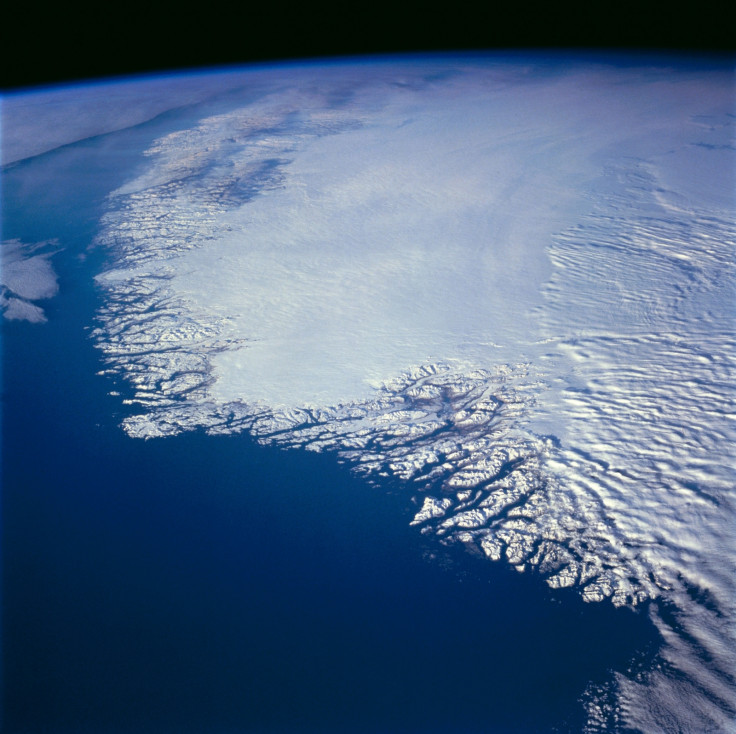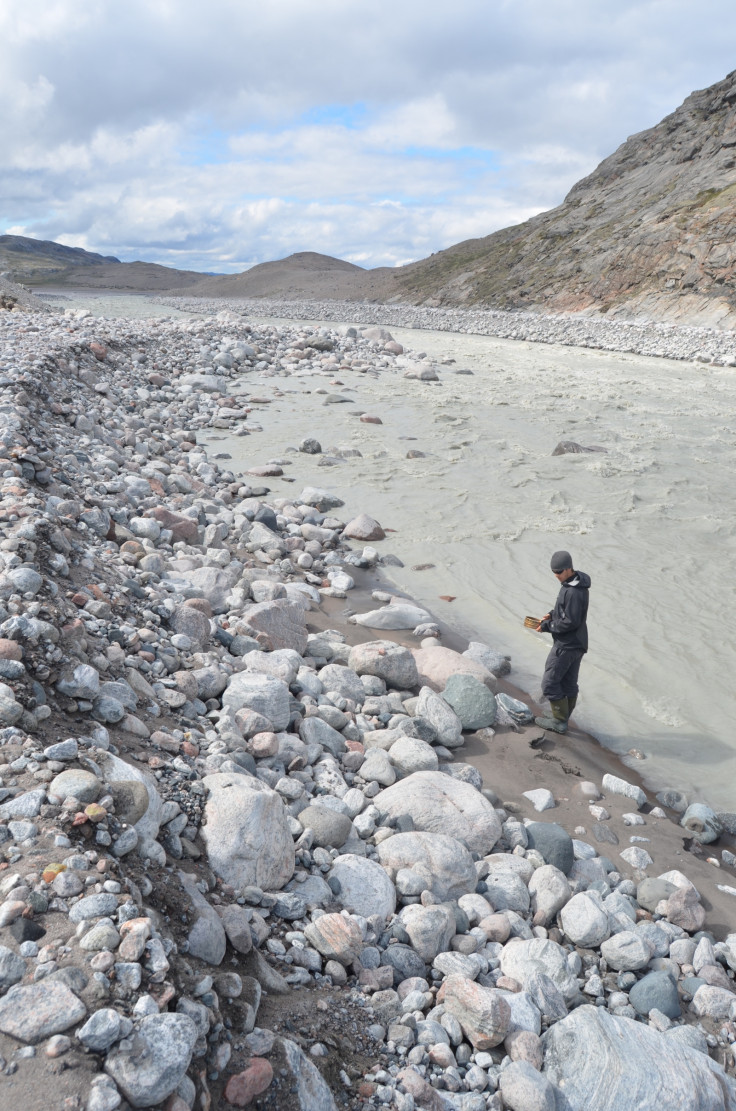Greenland coastal ice melt is past tipping point and sea levels are going to rise
The coastal edges of Greenland's ice caps won't be restored for decades.
The rapid ongoing loss of ice from Greenland's glaciers and ice caps is not likely to be stopped or reversed, and will contribute to a 1.5 inch sea level rise by the year 2100.
The ice that will be irreversibly lost is confined to the coasts, and doesn't yet reach inland to the main Greenland Ice Sheet. The tipping point for this loss of part of Greenland's ice was reached 20 years ago, finds a study published in the journal Nature Communications.
If the whole Greenland Ice Sheet were to melt, sea levels would rise by about 24 feet. If just the coastal ice melts – an area of about 34,700 square miles – then the rise would be a few inches. At the moment, Greenland's melting ice contributes about 43% of sea level rises.
The rapid melting is happening because of a lack of tightly packed snow to absorb meltwater in the summer. In the winter, this snow and water turns to ice, replenishing the reserves of ice lost to the sea. Increasing temperatures due to climate change have meant that the snow becomes completely saturated with water, so additional meltwater runs out to sea. As a result, the ice caps get smaller and smaller.
They first fell out of balance in 1997, the researchers say. The ice caps are now losing three times as much ice as they did before this tipping point. Although much of the coastal ice cap expanse now looks set to be lost completely to this process, the Greenland Ice Sheet looks to be maintaining its refreezing capacity.
"Higher altitudes are colder, so the highest ice caps are still relatively healthy at the moment," said study author Brice Noël of Utrecht University in the Netherlands.

"However, we see melting occur higher and higher. That's a big problem, because that 'melting line' is moving towards the altitude where most of the ice mass is.
"The main ice sheet in the interior of Greenland is much more elevated and isn't doing too bad yet. But we can already see an increase in the altitude of the 'melting line' there as well."
The researchers used high-resolution topographical models of the glaciers, maps of their boundaries and a detailed model of how meltwater drains from them into the sea.

"These peripheral glaciers and ice caps can be thought of as colonies of ice that are in rapid decline, many of which will likely disappear in the near future," said study author Ian Howat of Ohio State University.
"In that sense, you could say that they're 'doomed.' However, the ice sheet itself is still not 'doomed' in the same way. The vast interior ice sheet is more climatologically isolated than the surrounding glaciers and ice caps."
© Copyright IBTimes 2025. All rights reserved.






















